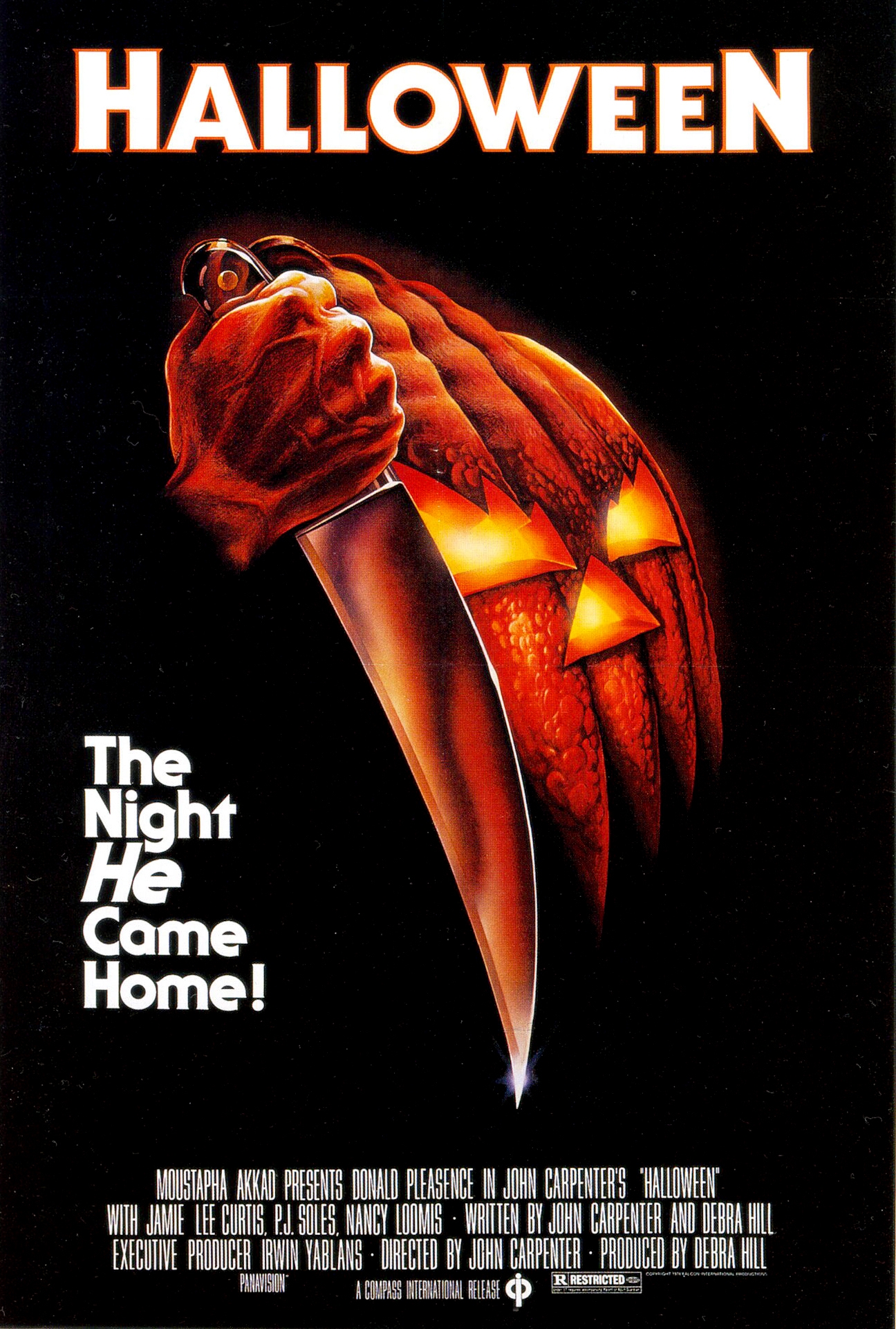Salena Moran & Evan Penrod | Staff Writers
10/25/18
The iconic white-masked slasher Michael Myers returns to the silver screen on the 40th anniversary of John Carpenter’s 1978 classic, Halloween. While the story of Halloween has spawned a large multi-movie franchise, Halloween (2018) director David Gordon Green disregards all the prior sequels/adaptations and instead uses this movie as a direct follow up to the original 1978 film.
After the notorious killer murdered the friends of Haddonfield, Illinois teen Laurie Strode (Jamie Lee Curtis) in the first film, Michael Myers resided in an asylum until his escape 40 years later to resume his killing spree on Halloween night. Meanwhile, Laurie remains traumatized and terrorized by the events of her past. Her character is no longer afraid, but determined to protect her family and officially end the evil that is Michael Myers.
Michael Myers remains one of the most recognizable killers in the slasher genre to date. What makes him interesting, in comparison to the likes of Freddy Krueger or Jason, is the constant awareness that he is around at all times, even during the day. In essence, most of the time, Michael lurks in plain sight — driving in the background, walking past a schoolyard or breaking into a hardware store as evidenced in the original. Also, Michael does not run. Instead, he menacingly walks and still manages to claim his victims.
Perhaps the most notable feature of this villain is his mask. In some of the following sequels to the original Halloween, the mask always appeared distorted or off-color. Some reincarnations utilized an unintentionally humorous mask. The Halloween (2018) movie retained the appropriate amount of nostalgia and familiarity with Michael, while also portraying adequate wear and tear on his age and his mask.
In many modern day horror films, script writers incorporate comedy or jokes, and the movies seem to have a rather ridiculous or unbelievable plotline. However, it was a pleasant surprise for this new iteration of Halloween to take itself relatively seriously without being too uptight or confusing. The plot and the characters all felt believable, as they should in a traditional slasher. Thus, the finished project did not simply feel like a lazy cash grab reboot, but more like a genuine attempt to make an appropriate Halloween film.
While there are some blatant ripoffs and plots that go nowhere, this movie rises to the top in terms of sequels from this franchise thus far. There are some complaints regarding characters acting really dumb, but I suppose that comes with the territory of horror movies. If an intelligent person was the protagonist in a horror movie, there would be no real deaths or suspense at all. It is only in a character’s folly or foolishness that we begin to fear for their wellbeing.
The movie also introduced some new characters in Laurie’s life, including her daughter, Karen (Judy Greer) and her granddaughter, Allison (Andi Matichak). However, Halloween (2018) falls short in that a majority of the characters are not prominent or long lasting in any sense. It is hard to care about some of these characters when they only appear on screen for about 10 minutes.
Obviously, Curtis is the most enjoyable to watch, as she provides another amazing performance as Laurie Strode and instills some hope in viewers that Michael’s evil will finally end. This film definitely revels in the kill count, which is never a bad thing in a horror movie. The kills are gory and suspenseful in just the right way throughout the entirety of the scenes.
Ultimately, Halloween (2018) adequately pays homage to the original film while adding new plots that engross viewers in the heroine’s quest to slay the infamous killer once and for all.




